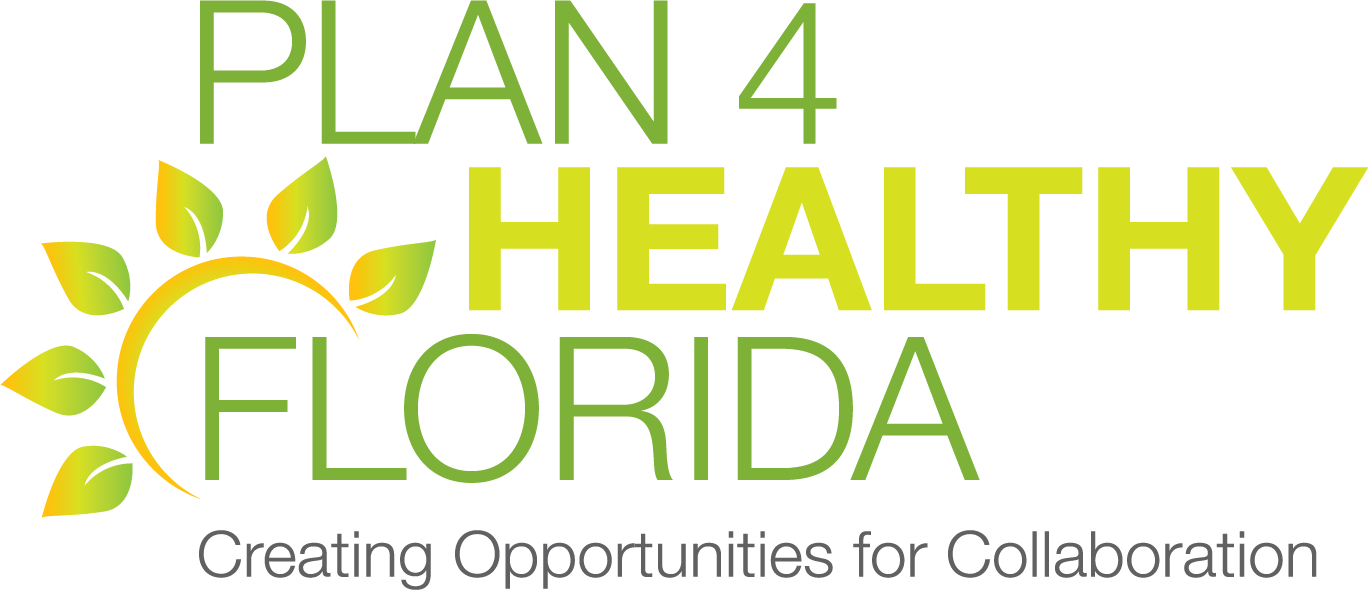The overlaps that exist between the planning and the public health professions help facilitate understanding about the necessity for healthy communities. It doesn’t, however, lessen the confusion that arises when trying to translate the jargon and various acronyms used by those within each field. What exactly does it mean when a planner refers to a person as having a BANANA-leaning view towards certain development? What are determinants of health? And how do HIA’s relate to MSA’s? This glossary includes some of the most commonly used terms and acronyms within each field, so as to allow you better comprehension of resources, and a greater level of of knowledge in order to help your community.
Glossary
Planning
Affordable housing: Housing provided at a cost that is considered capable of being purchased by those in lower income brackets
BANANA: Build Absolutely Nothing Anywhere Near Anything
Bicycle friendly: development that is considered accommodating to cyclists
Blight: visible decline of a community, or parts of a community
- oftentimes includes the desertion of an area by large numbers of residents and merchants
Buffer zone: Space between two developments/properties
BRT (Bus Rapid Transit): Bus-based transportation design that aims to create a highly efficient public transportation system
CBD (Central Business District): The commercial and business center of a community
Complete Streets: streets which accommodate the needs of all users, including motorists, cyclists, walkers, through the use of such features as median islands, roundabouts, sidewalks, etc.
Comprehensive Plan: Document which outlines the planning, standards, and design policies of a community, be it transportation infrastructure, housing, commercial development, land use, etc.
Exurban: Development which occurs beyond the traditional suburbs
Food desert: Community, or section of a community that lacks proper and convenient access to nutritional foods
Gentrification: the transition of a neighborhood or community so as to be more attractive to wealthier socioeconomic populations
Growth management: Practices which are taken to limit growth within a certain capacity
Land use map: maps which show the allowed uses of land within a geographical area
Land use regulations: ordinances which dictate the implementation of development, including zoning, landscaping, rezoning, etc.
Megalopolis: large area composed of multiple adjacent metropolitan regions, in which there is no major distinction from one region to the next
Mixed Use: Development that combines residential, commercial, entertainment, etc. Generally it is more compact and pedestrian-oriented.
MPO (Metropolitan Planning Organization): Policy-making organizations that coordinate between various stakeholders in order to enact appropriate transportation planning development and projects
MSA (Metropolitan Statistical Area): Geographical region which includes an urban core and the surrounding development
New Urbanism: design movement and practice which focuses on mixed-use and compact development
NIMBY: Not in My BackYard
Smart Growth: planning and development which focuses on diversity, sustainability, and community engagement
- Often attempts to utilize the resources and development within a community, i.e. retrofitting
TIF (Tax Increment Financing): financing mechanism which utilizes subsidies of various kinds
Universal Design: the design of communities and spaces that is accessible and convenient for all members of the population, regardless of age, physical status, and disability
Walkable community: Communities in which pedestrian safety and comfort are maximized
Zoning code: regulations which outline how the land within a certain area may be developed and utilized
- includes building height and structure use
Public Health
Aging in Place: the ability to comfortably live in one’s community, regardless of age, ability level, etc.
Ambulatory/outpatient care: is medical care provided on an outpatient basis, including diagnosis, observation, consultation, treatment, intervention, and rehabilitation services
Care management: the coordination of care for an individual or group of people
Community Health Assessment (CHA):is a systematic examination of the health status indicators for a given population that is used to identify key problems and assets in a community.
- The ultimate goal of a CHA is to develop strategies to address the community’s health needs and identified issues
Determinants of health: range of overlapping and integrated structures and factors, such as the physical and social environmental, behavioral, social, etc. that contribute to the health status and condition of a person or group of people
- are shaped by the distribution of money, power, and resources throughout local communities, nations, and the world
Disease prevention: steps taken to prevent the contraction or worsening of disease
Epidemic: refers to an increase, often sudden, in the number of cases of a disease above which is normally expected within a population in a geographic area.
- Endemic refers to the constant presence and/or usual prevalence of a disease or infectious agent in a population within a geographic area.
Pandemic refers to an epidemic which has spread to several countries or continents, affecting a large number of people
Epidemiology: The basic science of public health. The study of the distribution and determinants of disease
Health advocacy: encompasses direct service to the individual or family as well as activities that promote health and access to health care in communities and the larger public
Health disparities: are preventable differences in the burden of disease, injury, violence, or opportunities to achieve optimal health that are experienced by socially disadvantaged populations
Health Impact Assessment (HIA): is defined as “a combination of procedures, methods, and tools by which a policy, program, or project may be judged as to its potential effects on the health of a population, and the distribution of those effects within the population”
Health Literacy: The ability to obtain, process, and understand basic health information and services that are needed to make appropriate health decisions
Health Status: the health of a person, group, or population in an area
- includes a number of indices, including mental, physical, and social
Intervention: A program or policy that is designed to promote health in individuals or within a population.
Managed care: health care delivery system organized to manage cost, utilization, and quality
Morbidity: the condition and measure of incidence of disease within a population
Primary health services: essential health care, and often the first level of medical and health care an individual or community receives
Public health: is defined as all organized measures (whether public or private) to prevent disease, promote health, and prolong life among the population as a whole.
- Public health activities can be generally categorized into five areas, namely monitoring and evaluation, health promotion and protection, healthcare service delivery, health system as well as research
Quality of life: the perception of one’s well-being, specifically regarding their social, mental, and physical well-being
Risk factor: any attribute or characteristic that increases an individual’s likelihood of developing an illness or disease
Secondary health: the care and services that occur following primary care services, and are often provided by a specialist
Socioeconomic Status: the measure of a person or family’s economic and social position in relation to other members of society, based on a number of factors, including education, income, occupation, etc.
Vulnerable population: a group of people with certain characteristics that cause the greater risk of having poor health outcomes
- include, but are not limited to age, culture, housing status ethnicity, and education

